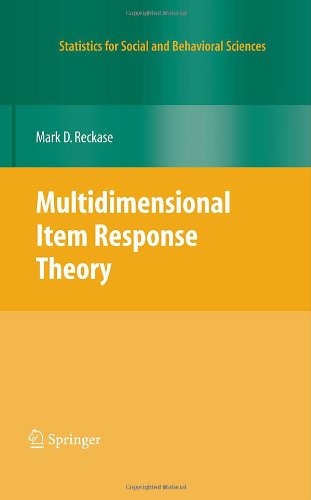

Most ebook files are in PDF format, so you can easily read them using various software such as Foxit Reader or directly on the Google Chrome browser.
Some ebook files are released by publishers in other formats such as .awz, .mobi, .epub, .fb2, etc. You may need to install specific software to read these formats on mobile/PC, such as Calibre.
Please read the tutorial at this link: https://ebookbell.com/faq
We offer FREE conversion to the popular formats you request; however, this may take some time. Therefore, right after payment, please email us, and we will try to provide the service as quickly as possible.
For some exceptional file formats or broken links (if any), please refrain from opening any disputes. Instead, email us first, and we will try to assist within a maximum of 6 hours.
EbookBell Team

4.1
20 reviewsMultidimensional Item Response Theory is the first book to give thorough coverage to this emerging area of psychometrics. The book describes the commonly used multidimensional item response theory (MIRT) models and the important methods needed for their practical application. These methods include ways to determine the number of dimensions required to adequately model data, procedures for estimating model parameters, ways to define the space for a MIRT model, and procedures for transforming calibrations from different samples to put them in the same space. A full chapter is devoted to methods for multidimensional computerized adaptive testing.
The text is appropriate for an advanced course in psychometric theory or as a reference work for those interested in applying MIRT methodology. A working knowledge of unidimensional item response theory and matrix algebra is assumed. Knowledge of factor analysis is also helpful.
Mark D. Reckase is a professor of Measurement and Quantitative Methods in the College of Education at Michigan State University. He has been president of the National Council of Measurement in Education, Vice President of Division D of the American Educational Research Association, on the Board of Trustees of the Psychometric Society, and the editor of Applied Psychological Measurement and the Journal of Educational Measurement. He has been doing research in the area of MIRT since 1972.